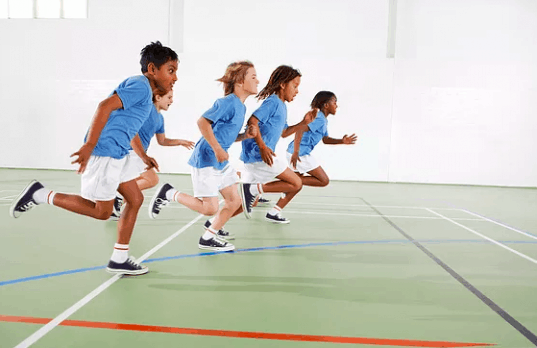With over 1 million orders

DR. ARTHRITIS SHARES: KIDS GET ARTHRITIS TOO
Arthritis, a disease characterized by stiff, swollen joints, is a condition that’s typically associated with ageing.
However, according to Arthritis.org, nearly 300,000 people below the age of 18 suffer from some form of joint disease. To put this into perspective, that’s one in every 250 children. Even so, the common symptoms of juvenile arthritis, such as joint swelling, stiffness, fever, and rashes, are easily overlooked. In most cases, parents discover their kids are suffering from it only after their child gets into an accident that prompts closer inspection of a joint.
Unfortunately, early diagnosis and treatment is critical to helping kids manage pain and reversing the damage the condition causes. Failure to do so could lead to lasting effects that include loss of mobility.
Recognizing the Symptoms
The good news is that arthritis in children is treatable. But it starts by being able to recognize symptoms of the condition. These include—
-
Stiffness in joints upon waking up in the morning.
-
Limping caused by stiff joints.
-
Reluctance to use and arm or leg leading to reduced activity levels.
-
Persistent fever, greater than 1 week
-
Swollen joints
-
Obvious difficulty with fine motor activities.
-
Most commonly knees and large joints affected compared to the small joints of the hands in adults
-
Skin rash across the body
Treatment and Management
Once these symptoms have been identified, it’s important that parents seek medical help for the proper treatment of the condition.
As with adult arthritis, treatment is designed to preserve physical mobility and function. Typically, doctors will prescribe a combination of medical and alternative treatments that are meant to relieve pain, and identify as well as prevent complications.
For medication, non-steroidal, anti-inflammatory drugs, and disease-modifying anti-rheumatic drugs will typically be prescribed. In more extreme cases, corticosteroids will be used to manage severe symptoms and acute worsening of disease
Equally important are alternative treatments. Physical therapy, with the help of a specialist, will provide a regular exercise program that is a critical part of arthritis treatment, as it will help preserve muscle tone and range of motion in the joints.
Diets, supplements, and compression therapy all serve to alleviate symptoms as well and address symptoms to varying degrees.
Guidelines to Keep In Mind
Ultimately, juvenile arthritis isn’t a condition that affects just the individual diagnosed with it. The special challenges presented by the disease, which could make schoolwork more difficult and prevent kids from joining after-school activities, ultimately limits the quality of life of children. This means everyone in the family has to cope with the strain that the condition poses.
To that end, remember that it’s important to—
-
Get the best medical care possible for your child and carefully follow the doctor’s instructions. Seek out a pediatric rheumatologist if available to manage your child’s condition.
-
Read and learn about the condition and treatment. Keep open communication with your doctor, and learn about the treatment options available.
-
Seek out other parents who share similar experiences through support groups. It might be a good way to learn from first hand experiences on how they are handling the challenges.
-
Encourage exercise and activity as part of the child’s physical therapy despite their condition. Just make sure that these are activities that doctor recommends. To that end, try to treat your child as normally as possible and avoid coddling them too much.
-
Work closely with your child’s school and help educators understand the limitations of your child given the disease.
If you’re interested in trying out compression therapy to help address arthritis symptoms, visit our website, www.doctorarthritis.org to learn more, or visit our US Amazon site or UK Amazon site to browse through our full collection.
If you have any questions, feel free to leave a comment below.
